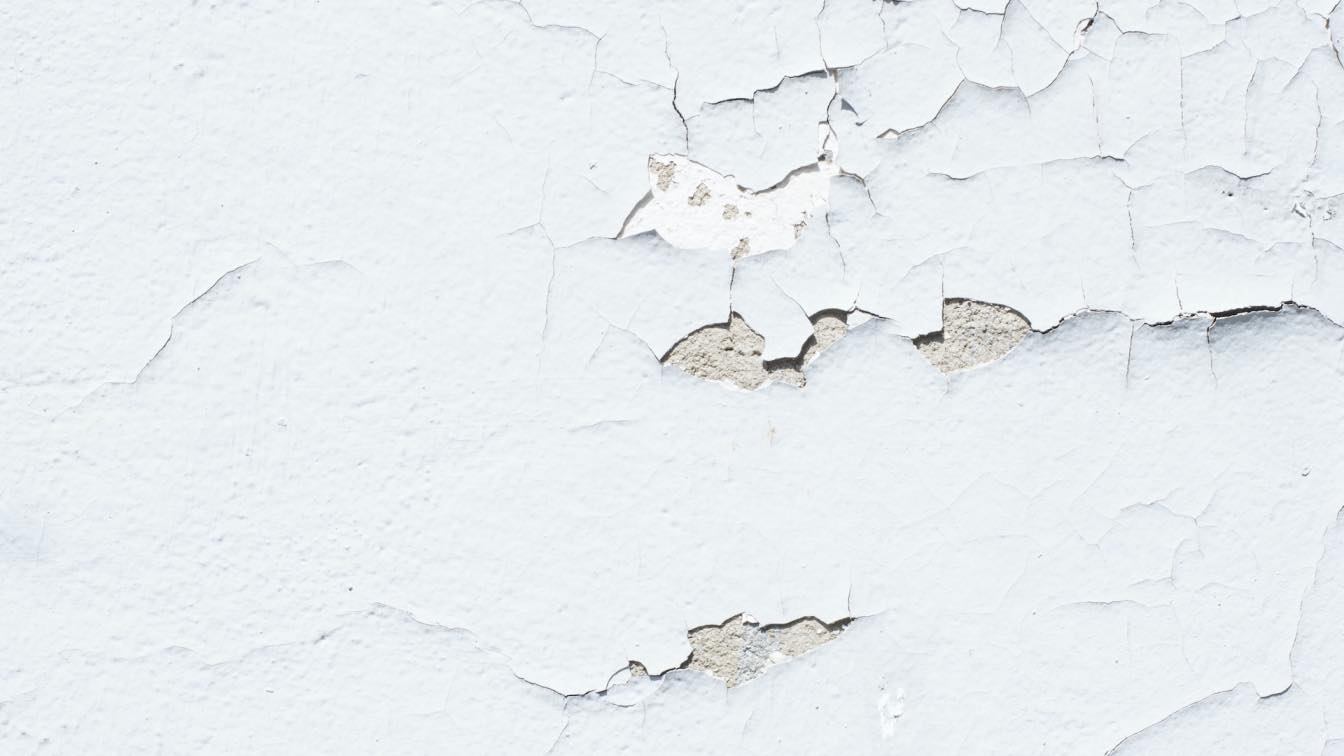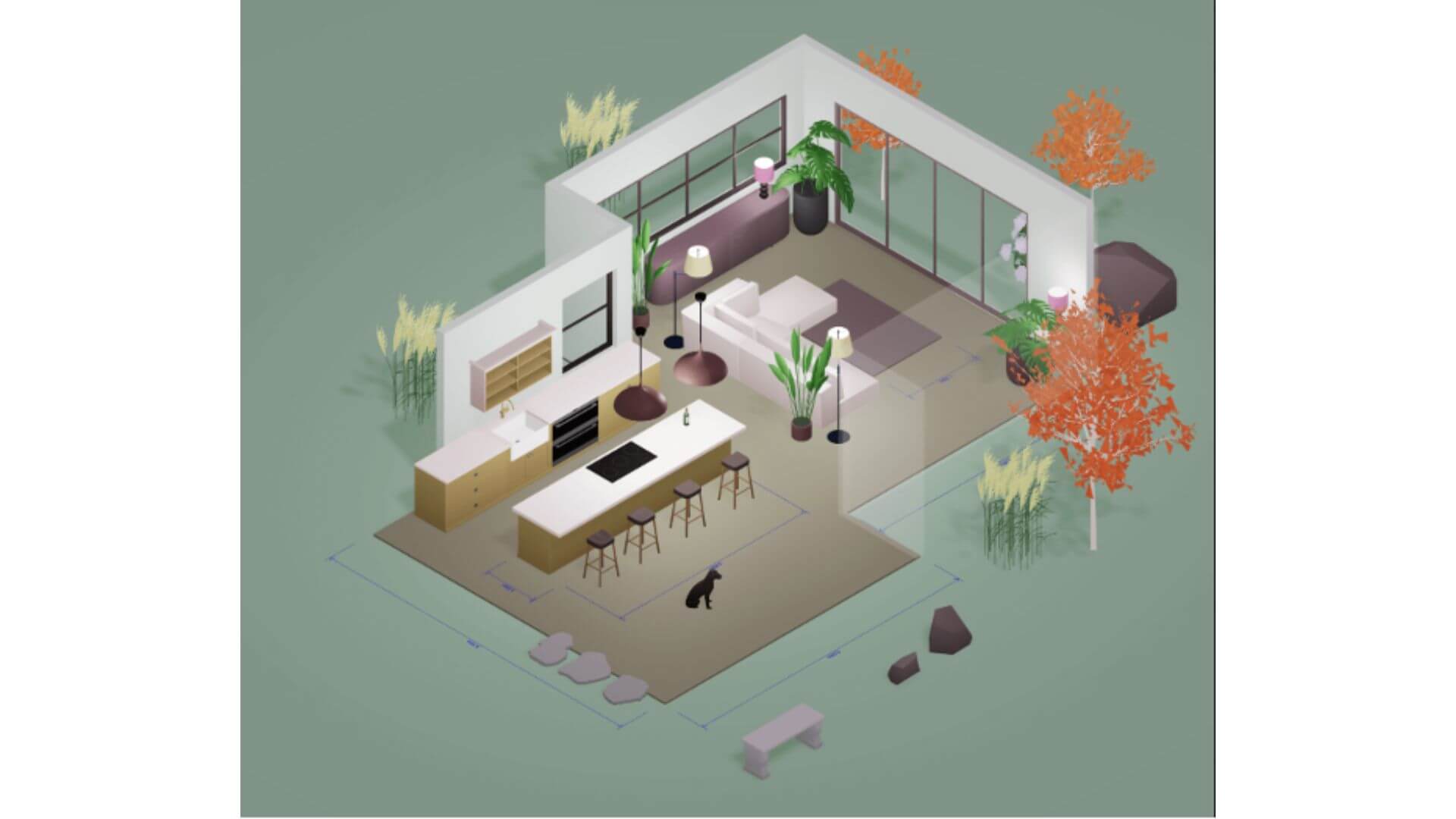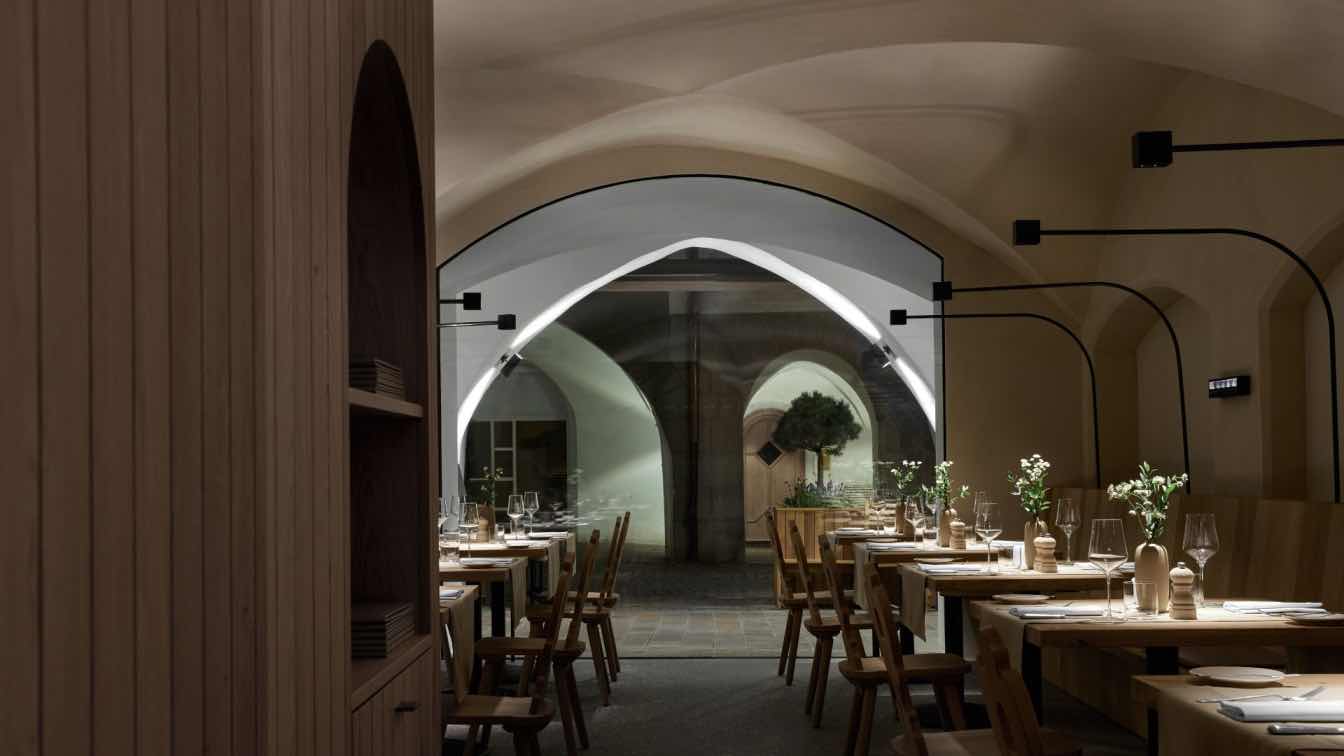Have you ever been inside a damp building – one where the walls are sweat-soaked and it feels like you can almost taste the moisture in the air? This is a symptom of bad architectural design, as it has failed to take into consideration how various design elements could lead to water-related issues.
In this blog post, we're going explore how poor architectural design can cause damp-related problems in buildings and what solutions we can put in place to prevent them. So join us on our journey as we take a closer look at how architecture affects dampness levels in buildings!
Understanding the root causes of damp-related issues in buildings
Dampness within a building can be caused by a multitude of factors. Understanding the root causes of damp-related issues is essential for preventing potentially harmful consequences such as mold, rot, and structural damage. Often, the issue is the result of inadequate ventilation or insulation, which can trap moisture within a building. Likewise, cracks in walls, ceilings, and foundations can allow moisture to seep in, creating an ideal environment for mold growth. In order to properly mitigate dampness-related issues, it is crucial to identify the source of the problem and address it with a targeted solution. Finding good Damp Surveyors is also important. Taking proactive action can help ensure the long-term stability and health of a building.
Identifying the key elements of architectural design that can lead to damp-related problems
Architectural design is a crucial element when it comes to preventing damp-related problems in buildings. Some key aspects of the design that can influence moisture issues include the choice of materials, the level of ventilation, and the building's orientation towards the sun. By selecting building materials that are less susceptible to moisture absorption, such as brick or stone, and providing adequate ventilation in moisture-prone areas like bathrooms and kitchens, architects can help reduce the risk of dampness.
Additionally, the correct orientation of a building towards the sun can help to prevent moisture from being trapped within walls. Successful architectural design requires a detailed understanding of how various elements can impact moisture levels, and by taking these factors into account, architects can create buildings that are not only beautiful but are also free from damp-related problems.
Exploring different approaches to remedying damp-related damage, including moisture control and insulation
Fortunately, there are numerous approaches to remedying the issue of dump-related damage. Moisture control measures such as fixing leaks, increasing ventilation, and dehumidifying can go a long way in preventing further damage. In addition, insulation can also be a game-changer, helping to regulate temperature and reduce moisture levels. Exploring these different methods and finding the right balance for your home can not only help to mitigate existing damage but also prevent future damp-related issues from arising.
Examining how modern building techniques can help prevent damp-related issues
Dampness in buildings is one of the most pervasive problems that can lead to serious structural damage and health issues. Fortunately, modern building techniques provide lasting solutions to prevent the harmful effects of dampness. Building materials and processes have evolved significantly in recent years, and now feature specialized moisture-resistant products that can be used in construction.
Furthermore, innovative preventative measures such as waterproofing membranes and breathable insulation help to improve airflow and prevent the build-up of moisture. With these advancements in modern building techniques, it is possible to create dry, comfortable, and hygienic living environments that are free from the damaging effects of dampness.
Investigating the financial implications of addressing existing and potential damp-related problems in buildings
Damp-related problems in buildings can have significant financial implications if left unchecked. Not only can they impact the structural integrity of the building, but they can also lead to health hazards for occupants, potentially resulting in costly lawsuits. When it comes to addressing existing and potential damp-related problems, it's essential to consider the long-term financial benefits of investing in preventative measures and repairs.
While it may seem costly upfront, addressing these issues can save money in the long run by avoiding expensive repairs or even the need for a full building replacement. It is crucial to investigate the financial implications of these problems and take action sooner rather than later to avoid greater costs down the road.
Looking at ways to incorporate sustainable designs to help reduce damp-related issues in future buildings
As our world becomes more conscious of environmental concerns, it is important to consider sustainable design elements when planning for future buildings. One issue that can arise in buildings is dampness, which can lead to mold growth and decreased air quality. By incorporating sustainable design measures, such as proper insulation and ventilation, we can help reduce damp-related issues. This not only benefits the health of the occupants but can also save on maintenance costs in the long run. By taking the time to consider sustainable solutions in our building designs, we can create a healthier and more environmentally friendly future.
Image source: https://unsplash.com/photos/QyBNzUB6wlk
So, damp-related issues in buildings are something that all owners and builders will have to face at some point, but with the right research and planning, there are solutions available. Moisture control combined with insulation is necessary for existing buildings that may already have an issue, while sustainable designs should be considered at the planning stage of any new building project.
Investing in the appropriate measures will not only prevent damage costs from occurring further down the line but also show consideration and respect for the environment. If you're looking to protect your new or existing building from damp-related issues then make sure you take these ideas on board. Don't wait until it’s too late – act now and create a healthier living or working space for yourself and those around you.





